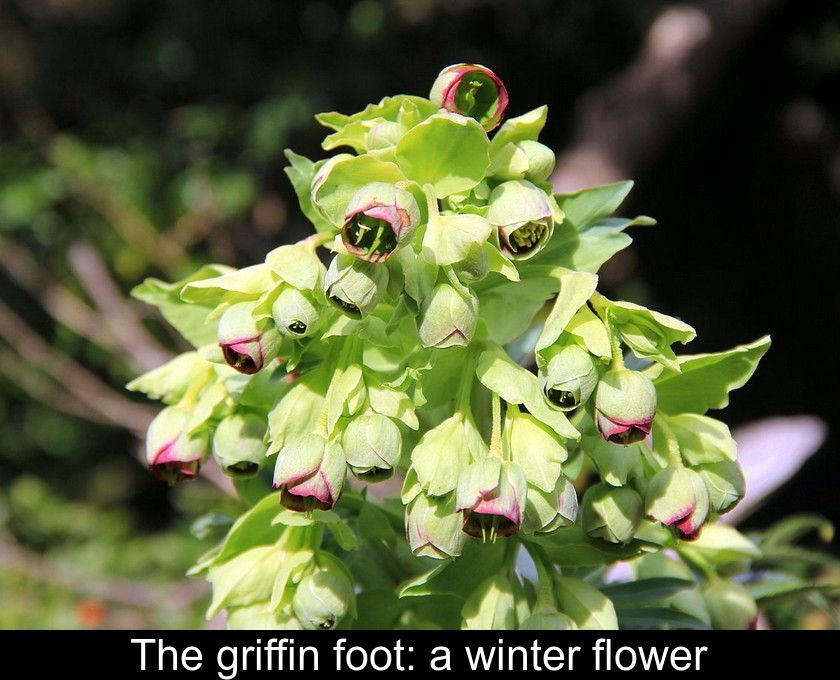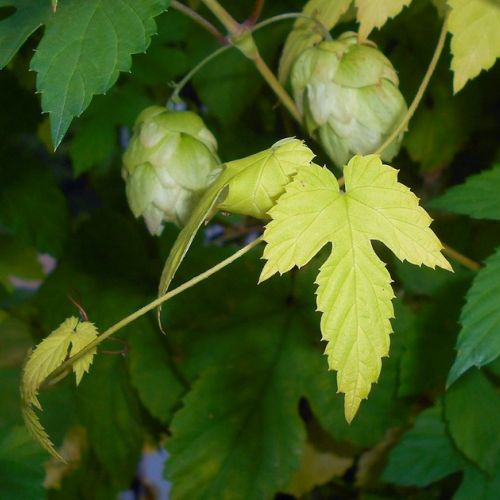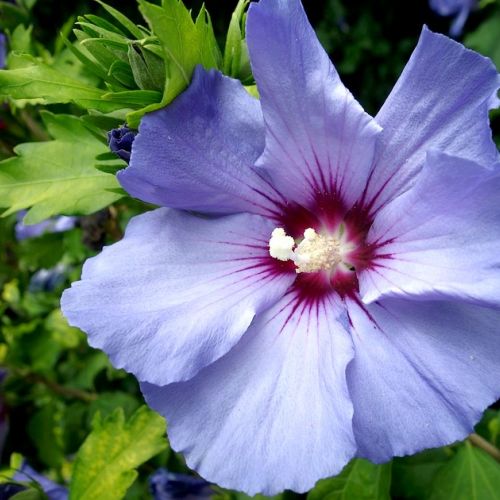The Griffin Foot: A Winter Flower
Do you know the griffin foot? This cold-hardy flower is a very hardy cousin of the Christmas rose or hellebore. Here is everything you need to know about this plant with its delicate bell-shaped bloom.
A species of the hellebores family
The griffin's foot, also called fetid hellebore (Helleborus foetidus), is a perennial plant in the same family as the Christmas rose or hellebore (Helleborus niger).
This 60 cm tall plant is characterized by generous dark green foliage. Its long, toothed leaves are evergreen.
But it is most appreciated for its winter bloom, which blooms despite the cold, from January to April.
This hardy hellebore produces apple-green bells about an inch wide, edged with a Purple border. These hanging flowers are gathered in opulent clusters.
The plant has only one defect for the sensitive noses: its leaves release an unpleasant pungent smell when they are crushed, from where its name of fetid hellebore...
An easy to grow plant
Native to the mountainous regions of central and southern Europe, this plant is naturally present in clearings and forest edges. It often grows on the chalk and the calcareous grounds.
It is also very hardy as it is resistant to cold up to -25°C.
Even if it prefers fertile and shady woods, this plant tolerates Drought and accepts a sun or half-shade exposure. It simply needs well-drained soil.
To showcase its blooms, you can plant the griffin plant in a bed next to multicolored pansies.
On the other hand, do not install it near your vegetable garden as fetid hellebore is very greedy and could compromise the growth of your vegetables and legumes.
Note: Consider allowing the seeds to mature on the plant and reseed naturally. In fact, once established in your garden, this plant often reseeds itself.
Ants also help spread its seeds, which are a valuable food source for these insects.
Note that rodents and slugs are very fond of this plant and its seeds and that you will probably have to protect it from these predators.
Beware if you have small children or pets as this plant is very toxic. It can cause violent vomiting and delirium if intoxicated.
This plant was once believed to cure insanity, hence its nickname of crazy herb.
Did you know that?
Fetid hellebore has many vernacular names.
It is called griffin's foot but also bear's paw, snake's rose, horsebit or fool's grass.
There are several cultivars of it today that you can adopt in your garden, including:
- the Green Giant with very bright green flowers and finely divided foliage
- the Miss Jekyll whose flowers are fragrant
- the Wester Flisk cultivar, which is distinguished by its reddish-tinted foliage
- the dwarf variety Sierra Nevada which does not exceed 30 cm in height.






